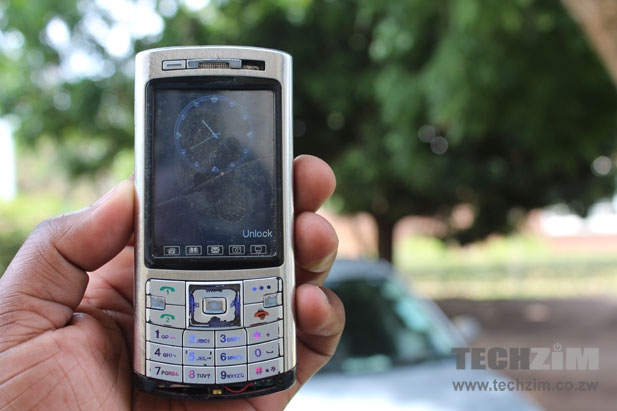
Last week Econet released its half year results that carried indicators of the mobile network operator’s performance and placement in telecoms. According to the same report, Zimbabwe now has a smartphone penetration rate that now stands at over 15%.
This is an improvement from the 10% that Econet also referenced in its last financial report earlier this year, but it falls short of the continent-wide 18% smartphone penetration rate cited this year by tech research from IDC.
Statistics on Zimbabwean smartphone penetration have always been hard to substantiate since POTRAZ, the industry regulator does not offer these figures as part of any of its reports on the sector. This results in mobile operators like Econet providing their own summation. The interest is rather obvious.
Like its competitors, Econet has a keen interest in smartphone uptake, largely because it dovetails with the diversification strategies that are now necessary because of the decline in voice call revenue. Econet has even taken steps to improve this smartphone penetration with the aggressive retailing of entry level Android smartphones.
While its easy to work with the Econet figure as the latest official number on smartphone penetration, one thing to bear in mind is the definition of a smartphone used by the network in gathering this data.
The 15% figure, like previous numbers such as the 10% smartphone penetration cited earlier this year, does not include feature phones running older operating systems. This means that Nokia devices running Symbian S40 and S60 (ie your Nokia C3, and X2 models) are not considered as smartphones. It’s not clear if this distinction has been made in other markets in Africa like Kenya with its high smartphone penetration rate.
Its open to varied interpretations whether these devices are smartphones or not, but they do make up the majority of internet enabled mobile devices in the local market. S40 devices are currently the most common in Zimbabwe, with approximately 34% market share. Including them in a smartphone tally would significantly boost the smartphone penetration.
So does this mean that a device is only considered as a smartphone if it runs on Android, iOS or Windows operating system? What is the definition of a smartphone then? If you have a clear explanation please feel free to comment below.
5 comments
Its obviously overstated. Econet`s statistics should always be taken with a pinch of salt
I guess a smartphone has to display certain capabilities for it to be called “smart”. Ideally, (1) a smartphone should be able to operate on several frequency bands that include the latest standards like LTE-A, or jusr LTE; (2) it should display certain level of processing efficiency determined by on board RAM, storage space and processor type, (3) it should have the capability to support all the latest and most popular apps (twitter, whatsapp, facebook, etc)…
Defining a smartphone should be simple gentlemen. A smartphone is a multi-task device with some cellular capabilities. Multi-tasking is usually a software thing…an android device can run more than two applications.
Smart=processor
feature= no processor
Life is so simple….
smartphone
noun
noun: smartphone; plural noun: smartphones; noun: smart-phone; plural noun: smart-phones
a mobile phone that performs many of the functions of a computer, typically having a touchscreen interface, Internet access, and an operating system capable of running downloaded apps. (source, http://www.techopedia.com)